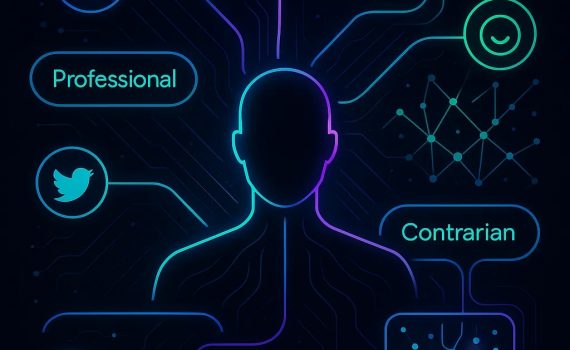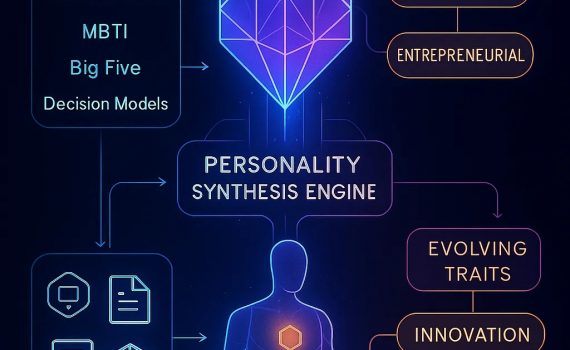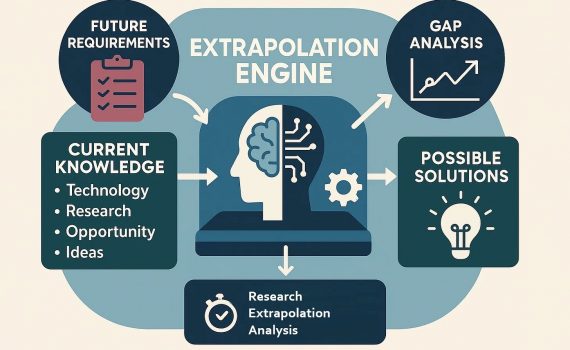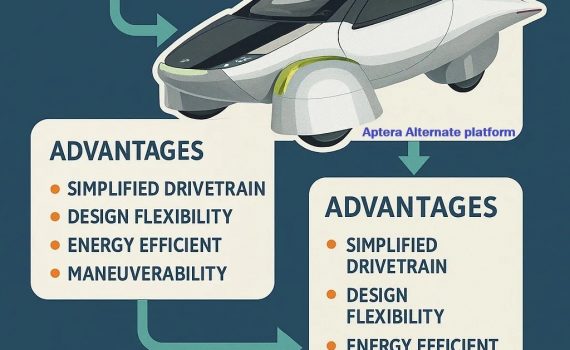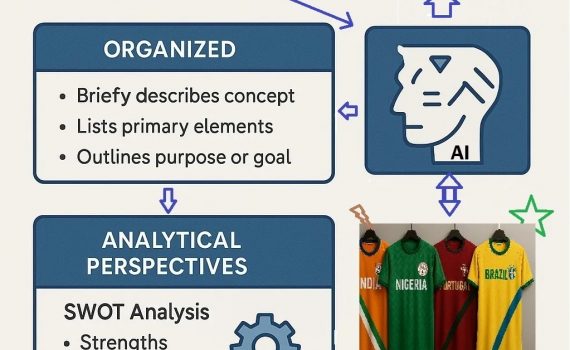SociaLens is an AI powered social engagement platform that helps you analyse interests, map communities, switch personas and navigate digital spaces with intention instead of algorithmic drift.
innovation
This article explains how EntityCraft Studio turns AI agents into personality rich entities. It covers data ingestion, personality synthesis, deployment modes and the platform’s role in the coming era of AI identities.
This article breaks down the Foresight Nexus. It shows how human reasoning and AI inference combine to map future technologies, expose capability gaps and generate strategic innovation roadmaps.
This article explores how electric hub motors could transform three wheel EVs. It highlights engineering advantages, regulatory openings and market conditions that make hub driven platforms a potential disruptor in 2025 and beyond.
This article explains how to capture raw creative ideas through stream of consciousness, transcribe them using speech to text and use AI to organise, analyse and develop them into refined concepts.
The AI Personal Technology Navigator is a human centred system that filters emerging tools based on your goals, habits and interests. It reduces tech overload by helping you understand which innovations matter and why.
